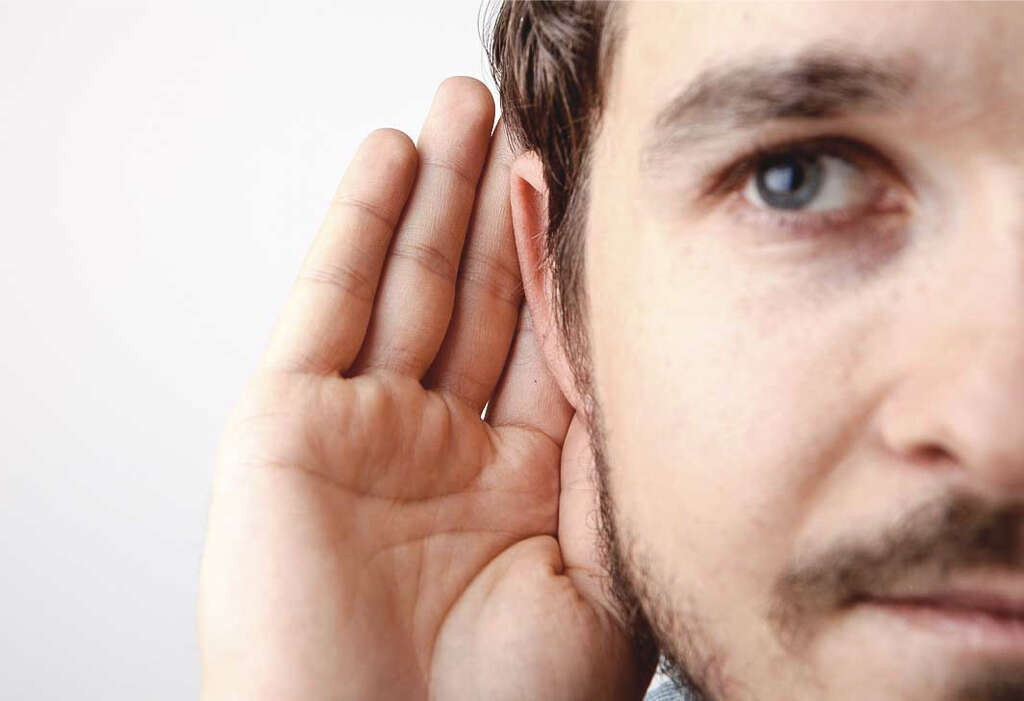What Is Agnosia?
Agnosia is a term used to refer to the inability to process sensory information such as recognizing shapes, objects, sounds, people, or smells. It is a rare disorder where the affected individual is still able to speak, think, and interact with their environment. Agnosia tends to affect only one modality such as hearing or vision.
When agnosia affects the ability to recognize the geometric features of a face or object, the features are perceived but not recognized. For example, the affected person may have difficulty identifying a cup or the sound of a cough. There are many different types of agnosia such as akinetopsia, anosognosia, allotopagnosia, apperceptive visual agnosia, astereognosis, associative visual agnosia, cortical deafness, environmental agnosia, autotopagnosia, and more.

1. Visual Agnosia
Visual agnosia can be divided into two subtypes: apperceptive visual agnosia (difficulty with relationship between objects) and associative visual agnosia (inability to recall information associated with an object). These two subtypes can be further divided into prosopagnosia (inability to recognize faces), achromatopsia (loss of color vision), akinetopsia (inability to perceive motion), and agnosia alexia (inability to recognize words/read). In patients with severe apperceptive visual agnosia, there may be residual visual defects due to the presence of diffuse and extensive occipital lesions.

2. Auditory Agnosia
Auditory agnosia refers to the inability to process or recognize the sounds despite having intact hearing. It occurs due to the disconnection of the A1 sound processing region to the language centers. With auditory agnosia, the affected person can still speak, read, and write normally.
A subtype of auditory agnosia is phonagnosia where there is inability to identify or recognize voices that are familiar. this occurs when there is damage to a certain part of the brain that is responsible for sound association region. The patient can understand words and environmental sounds, just not voices.

3. Tactile Agnosia
Tactile agnosia occurs when the patient is unable to recognize objects through touch. The weight is felt but recognition of the object without other sensory cues is not possible. This is due to lesions that affect the parietal lobe of the brain.
Some subtypes of tactile agnosia include astereognosis and autotopagnosia. In astereognosis, there is inability to identify the objects based on touch leading to inability to associate information about texture, size, and weight. Objects are still recognizable by sight. In autotopagnosia, there is inability to orient parts of the body where the awareness of the position of your own body parts becomes impossible.

4. Causes
Agnosia can occur due to various neurological disorders, dementia, and strokes. It may develop when there is head trauma from injury, brain infection, or hereditary causes. There are also developmental disorders that can cause agnosia. When agnosia occurs, there tends to be damage to the parietal or occipital lobes of the brain.
When there is damage to superior temporal sulcus, it can result in various neurolinguistic deficiencies. The superior temporal sulcus is crucial for the understanding of speech as this part is involved with the lexical interface.

5. Gustatory and Olfactory Agnosia
Gustatory agnosia can be defined as the inability to identify or recognize a taste despite retaining the ability to distinguish between different tastes. The ability to distinguish between different tastes may be partial, general, specific, or normal.
Since agnosia is rare with the commonest types of agnosia being visual, auditory, and tactile, very little literature exists regarding gustatory agnosia. One study in 2005 reported that it involves the anteromedial temporal lobe. In olfactory agnosia, the patient is unable to identify or classify a smell despite having a partial, specific, general, or normal ability to distinguish between different odorants. There is also very little literature regarding olfactory agnosia.

6. Patient History and Physical Examination
Pure agnosia is rare. It is estimated that among all neurological patients, less than 1% have pure agnosia. The commonest and better described type of agnosia is visual agnosia. In cases of suspected agnosia, patient history is crucial. Patients with visual agnosia will present with issues such as inability to recognize objects visually.
In topographical agnosia, patients often become lost and have issues finding directions. it is also important to elicit in patient history that cognition, memory, and other sensory modalities are affected. In agnosia, a thorough psychological and neurological exam is required along with standardized tests for brain function (such as Montreal Cognitive assessment and Mini Mental State Examination).

7. Diagnosis
To diagnose agnosia, the patient must be verified that their sensation, intelligence, and language are intact. The individual must also only be experiencing only one modality of sensory deficit. When diagnosing agnosia, it is necessary to distinguish between associative and apperceptive agnosia through matching and copying tasks.
Those with apperceptive agnosia will not be able to match stimuli identical in appearance while those with associative agnosia will not be able to match different stimuli. In patients with pure alexia, copying and recognition tests have to be done. For the diagnosis of prosopagnosia, recognition of faces as part of the test will be required.

8. Approach to Treatment
Unfortunately for patients with agnosia, there is no direct cure. However, the issues may improve with time as the patient learns to cope using information presented in different modalities. There are various strategies that can help reduce or reverse the implications caused by agnosia. In the beginning, many individuals are unaware of the extent of their deficit.
This can lead to denial and resistance to seeking support and treatment. It is important for patients to acknowledge their issue so treatment can be recommended. Various forms of treatment with compensatory strategies are available for patients. Speech and occupational therapy can also be beneficial for those with agnosia depending on the cause.

9. Alternative Cues and Organizational Strategies
Some general strategies to help patients with agnosia include using alternative cues. For example, patients who are unable to recognize faces can identify hairstyles, scars, or moles. Alternative strategies also include identifying objects by touch in visual agnosia, voice recognition for prosopagnosia, and teaching lip reading for those with auditory agnosia.
Organizational strategies would include providing a consistent and predictable environment for patients. The development of routines can improve consistency for various tasks. For patients with visual agnosia, it may be helpful to place the things they use in the same place everyday and to reduce the amount of things by decluttering. Another helpful method would be to label all the different objects.

10. Support
There are various organizations and support groups that can help connect affected individuals with other patients and their family members. This can be beneficial as it provides a support network by helping new patients to better understand and improve their situation.
There are also many patient-centered information available. These groups help direct patients to available resources, services, and new research or clinical trials. There are also many groups who serve as a medical advisor. One specific organization that supports this condition is the Brain Foundation from Australia. Another organization that provides general support to patients is the American Stroke Association in Texas, United States.












